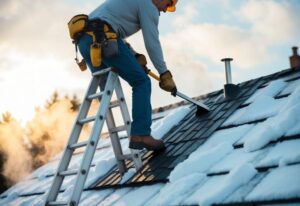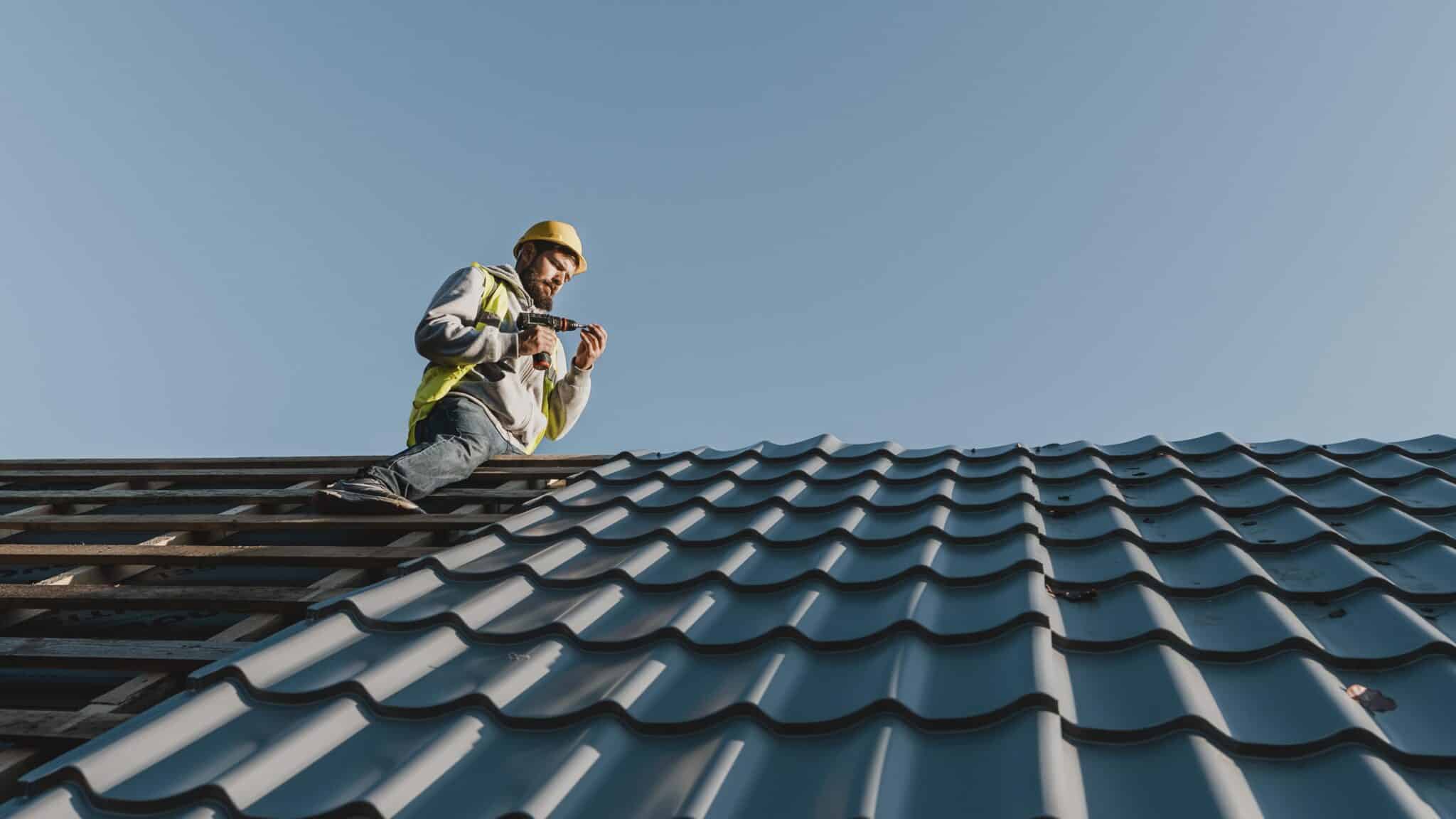A roof leak may seem like a minor inconvenience at first, but ignoring it can lead to extensive damage that affects not only the structure of a home but also its overall safety. Addressing roof leaks as soon as they are detected is essential to preventing costly repairs and maintaining the integrity of a building. Understanding the potential consequences of delayed action can help homeowners take the necessary steps to protect their investment.
Understanding the Risks of Roof Leaks
 A roof is designed to shield a home from the elements, but even the smallest leak can compromise that protection. Water infiltration weakens roofing materials, seeps into walls and ceilings, and creates an environment conducive to mold growth. Over time, persistent leaks can cause structural damage, leading to warped wood, weakened insulation, and even foundational problems.
A roof is designed to shield a home from the elements, but even the smallest leak can compromise that protection. Water infiltration weakens roofing materials, seeps into walls and ceilings, and creates an environment conducive to mold growth. Over time, persistent leaks can cause structural damage, leading to warped wood, weakened insulation, and even foundational problems.
The presence of water in a home can also pose electrical hazards. When moisture reaches electrical wiring, it increases the risk of short circuits and fire hazards. Even a seemingly insignificant leak has the potential to escalate into a major safety concern if left unattended.
How Roof Leaks Affect Indoor Air Quality
Moisture from a leaking roof can lead to mold and mildew growth, which not only damages the home but also affects the health of its occupants. Mold spores thrive in damp conditions and can spread quickly, leading to respiratory problems, allergies, and other health issues. Individuals with asthma or weakened immune systems are particularly vulnerable to the effects of mold exposure.
Additionally, prolonged exposure to mold can lead to unpleasant odors and a decrease in overall indoor air quality. This creates an uncomfortable living environment, making it essential to repair leaks before they contribute to long-term health problems.
The Impact on Energy Efficiency
A compromised roof can also affect a home’s energy efficiency. Water damage can degrade insulation, reducing its effectiveness in maintaining indoor temperatures. As a result, heating and cooling systems must work harder to regulate temperature, leading to increased energy consumption and higher utility bills.
When insulation becomes saturated, it loses its ability to provide thermal resistance. This means that during colder months, heat escapes more easily, while in the summer, the home becomes harder to cool. A properly maintained roof helps ensure that insulation remains intact, contributing to a more energy-efficient household.
Preventing Costly Structural Repairs
Ignoring roof leaks can result in extensive structural damage that is far more expensive to repair than addressing the initial leak itself. Over time, continuous exposure to water can weaken the roofing framework, requiring costly replacements. Ceiling and wall damage, rotting wooden support beams, and compromised flooring are all possible outcomes of prolonged exposure to moisture.
The longer a leak remains unaddressed, the more severe the damage becomes. Small repairs that could have been resolved quickly can escalate into major renovation projects, significantly increasing repair costs. Taking immediate action to repair leaks is the best way to avoid unnecessary expenses and maintain the longevity of the home.

The Importance of Professional Roof Inspections
While some homeowners may attempt DIY fixes, professional roof inspections are crucial in detecting hidden issues that may not be immediately visible. Roofing experts have the tools and experience to identify weak points, assess the extent of damage, and provide solutions that ensure long-term protection.
Regular inspections help prevent minor leaks from turning into major problems. Professionals can also detect potential problem areas, such as loose shingles, deteriorating flashing, or poor drainage systems, allowing for preventive maintenance that reduces the risk of leaks in the future.
Addressing Seasonal Challenges
Roof leaks can be especially problematic during extreme weather conditions. Heavy rainfall, snow accumulation, and storms put additional stress on a compromised roof. If left unrepaired, leaks can worsen under these conditions, leading to interior flooding and extensive damage.
Taking the time to inspect and repair a roof before the onset of harsh weather can prevent emergency situations. Regular maintenance and timely repairs are particularly important in regions prone to heavy storms or freezing temperatures.
